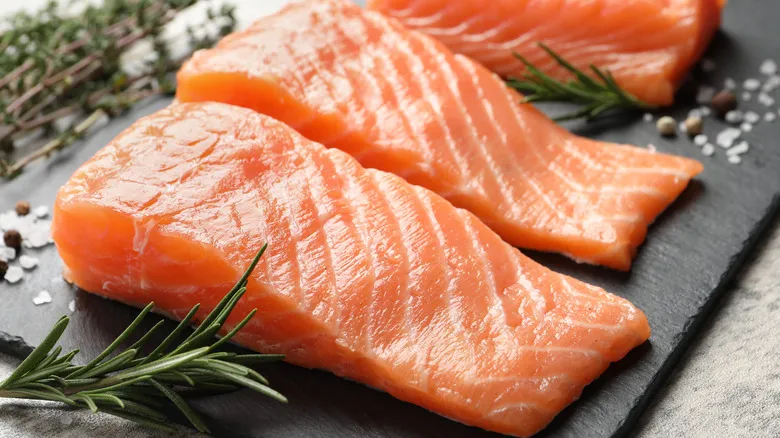Farmed salmon live in controlled environments
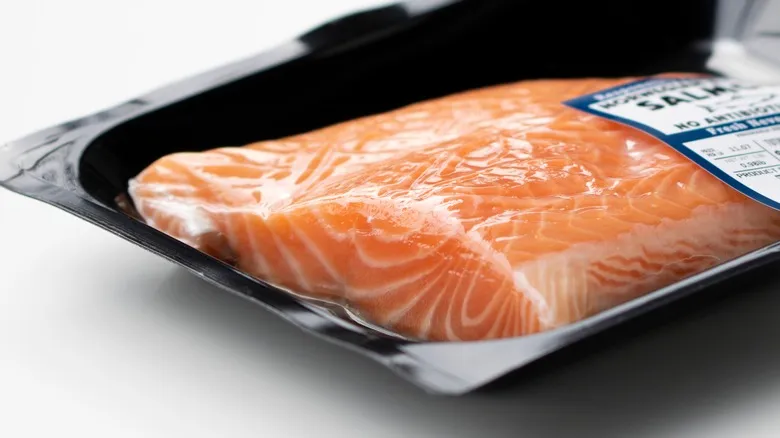
Farmed salmon are kept in confined spaces and have limited or no access to the rich environments that wild salmon inhabit. They cannot migrate, which is a natural instinct for many salmon species. Instead, they live in enclosed areas or tanks that can become overcrowded and difficult to navigate. Even the largest tanks or farms cannot replicate the diverse habitats that wild salmon experience in streams, rivers, and the open ocean. Additionally, farmed salmon do not have access to the natural food sources found in the wild, at least not in sufficient quantities to support the entire farm population. As a result, producers provide them with a supplemental diet of fish feed, which affects their body composition and ultimately the nutritional quality of the salmon you eat. Farmed salmon are generally fattier than their wild-caught counterparts and may even have red dye added to enhance their pink color.
On the other hand, farmed salmon are often more accessible and affordable for many grocery shoppers. The establishment of salmon farms has made it possible for this nutritious fish to be available in areas and quantities that would otherwise be difficult to supply. Furthermore, farmed salmon can be a more environmentally friendly choice for sustainable protein compared to other forms of meat production.
Wild-caught salmon has a vivid color

Conversely, wild salmon has a distinct appearance and a richer flavor compared to farmed salmon. This difference arises from its natural diet and the level of activity it maintains while swimming in the ocean, rivers, and streams. Wild salmon tends to have less fat and more muscle due to the extensive distances they swim throughout their lives. When you compare the two at the seafood counter, the contrast is evident. Wild salmon boasts a vibrant orange-pink hue, attributed to its diverse diet in the wild, with the pinkish tint coming from krill and shrimp. In contrast, farmed salmon appears much paler and pinker, primarily because they have limited food sources and mainly rely on pellet feed.
However, the natural habitats of wild salmon also increase the likelihood of them consuming pollutants such as plastics, chemicals, or mercury. Although salmon is generally regarded as a low-mercury seafood choice, wild-caught salmon carries a higher risk of mercury exposure compared to its farmed counterpart. Whether you're preparing salmon poke bowls or grilling fillets on cedar planks, it's essential to consider the advantages and disadvantages of both farmed and wild-caught salmon before making your decision.
Recommended
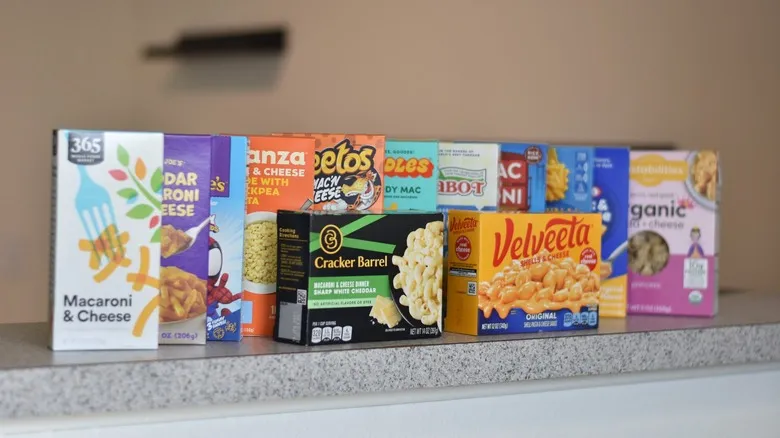
Popular Boxed Mac And Cheese Brands, Ranked
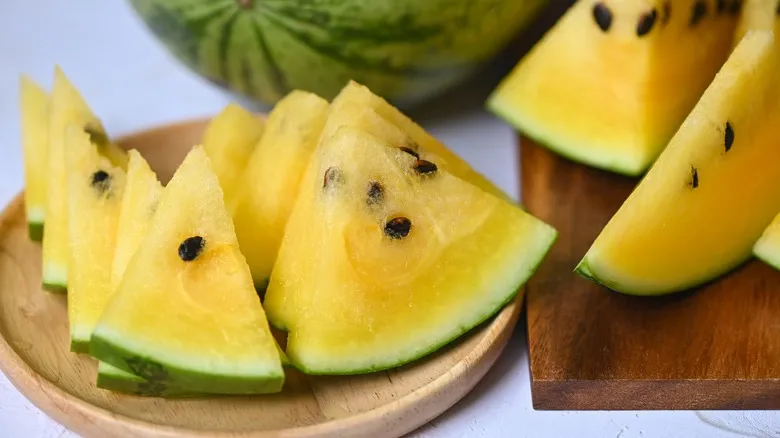
Where To Find Yellow Watermelon And How To Choose The Best One
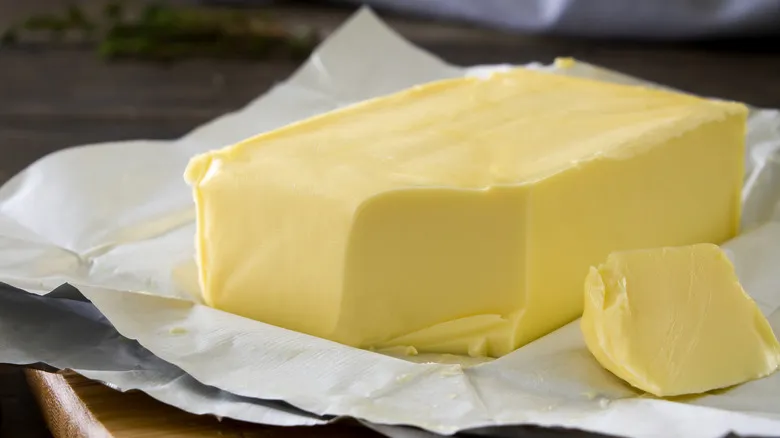
Does Grass-Fed Butter Really Taste Better Than Standard?
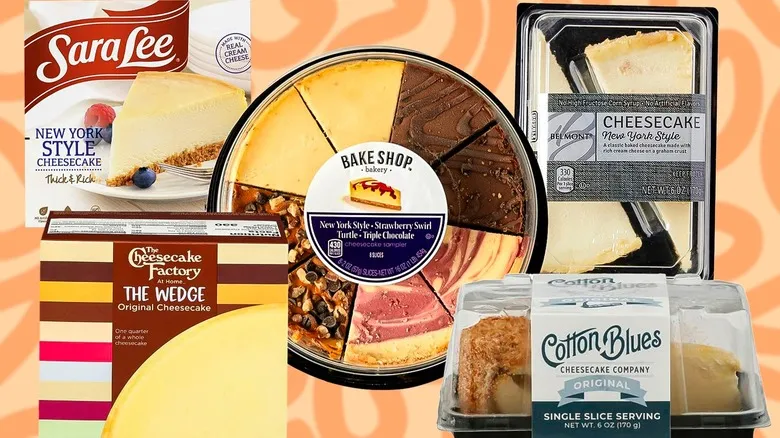
Store-Bought Cheesecakes Ranked From Worst To Best
Next up

